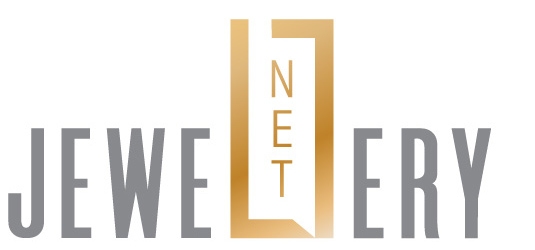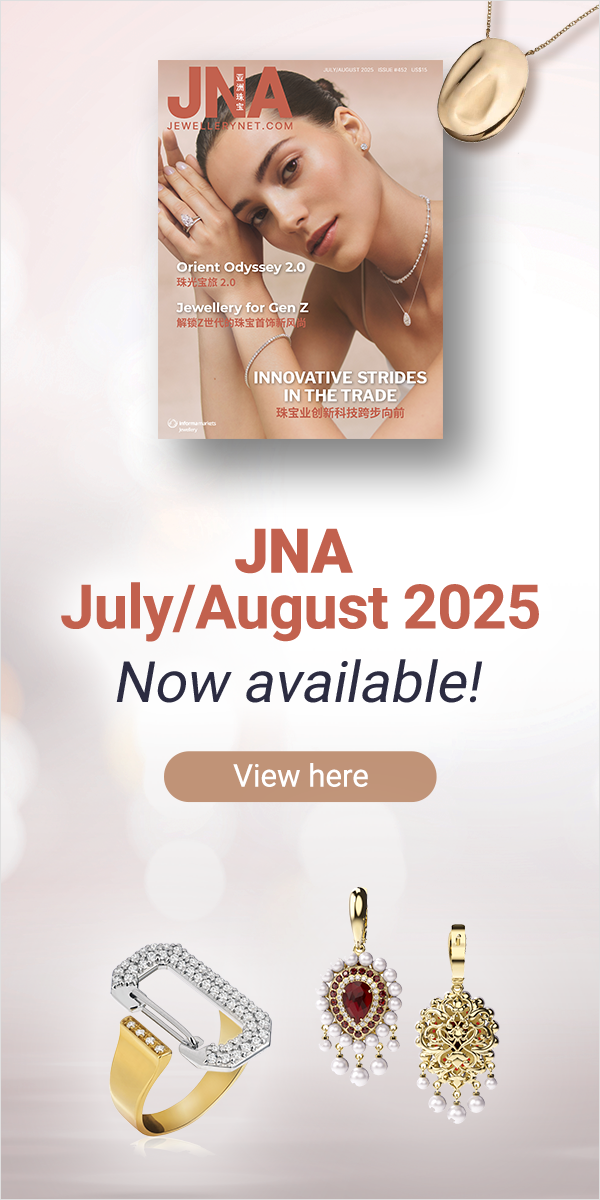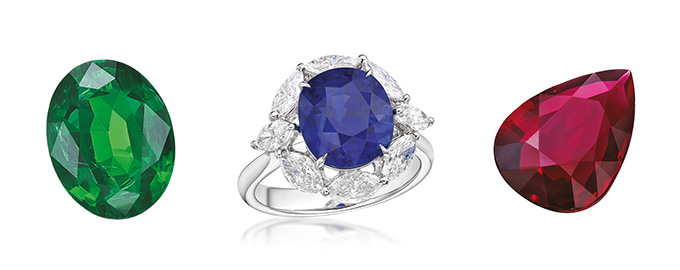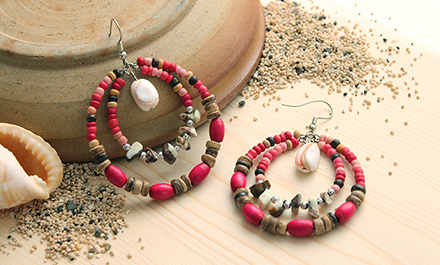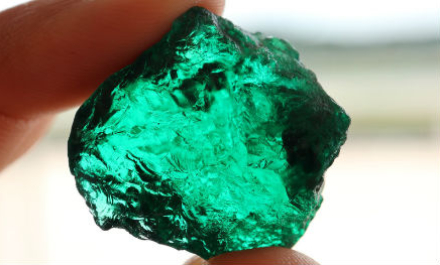Gemstone expert Color Jewels’ business strategy centres on luxury gems and more contemporary jewellery designs as buyer demand for refined goods continues to strengthen in key markets.
This article first appeared in the GEMSWORLD 2025.
Hong Kong-based gemstone trader and fine jeweller Color Jewels is banking on solid market appetite for finer-quality gems and modern jewellery designs to support its growth trajectory in 2025.
According to Color Jewels Managing Director Ashish Dangayach, premium gems continue to command attention in the trade as evidenced by sustained demand for perennial darlings such as Burmese sapphires and rubies, and Colombian emeralds in 2024.
“While other gems such as pink sapphire, Mozambique Paraiba tourmaline and Mahenge spinel gained popularity, these did not surpass the appeal of traditional favourites,” explained the company official.
Asia and Europe were Color Jewels’ primary growth drivers last year, with increased consumer awareness of gemstone certifications and origins alongside strong interest from collectors and dealers fuelling sales.
Meanwhile, prices of Burmese sapphires and rubies, and Colombian emeralds continued to rise amid stable demand and tighter supply. Dangayach remarked, “It is difficult to provide exact numbers, but price increases reflect the growing popularity of these gems and the challenges in sourcing high-quality stones.”
Onwards to further growth
Color Jewels is focusing heavily on acquiring luxury gemstones in 2025 to further strengthen its inventory and meet robust market demand. The company also aims to elevate its jewellery designs to offer more refined and contemporary collections.
Another pivotal part of its strategy this year is to expand its reach in key markets such as Asia and Europe and to tailor marketing initiatives to highlight its one-of-a-kind product offerings and craftsmanship.
According to Dangayach, pink and padparadscha sapphires, Paraiba tourmaline from Mozambique as well as Mahenge spinel are likely to gain further traction in 2025, thanks to their endearing qualities. “Beloved for their rarity and vivid colours, these gems are figuring more prominently in modern jewellery designs, making them highly sought after by collectors and luxury buyers,” he continued.
Dangayach noted that consumers are becoming more adventurous in exploring non-traditional gemstones such as Paraiba tourmaline, Mahenge spinel and aquamarine due to their growing preference for unique gems. However, the so-called Big Three in the gemstone world – rubies, sapphires and emeralds – will remain extremely favoured for their timeless appeal.
More knowledgeable and discerning buyers now place greater emphasis on factors such as origin, certification and ethical sourcing when making purchases. The market’s growing penchant for top-tier gemstones and heightened transparency in the trade is reshaping the gemstone business, noted Dangayach.
“Uncertainties in the diamond market have also led to more buyers considering coloured gems as an alternative, both as an investment tool and a luxury purchase,” he added. “From my observation, demand for certified, high-quality gems like rubies, sapphires and emeralds remains strong. This shift is evident in consistent sales growth as buyers continue to value the uniqueness and enduring appeal of these stones.”
While macroeconomic and political instability may affect luxury spending in 2025, Dangayach expects demand for coloured gemstones to power through, driven by the gems’ inherent charisma and value.
How to address dwindling supply of top-of-the-range gemstones, particularly the Big Three, will be the main challenge in 2025. “However, there is a clear opportunity to cater to an informed consumer base by focusing on certified and responsibly sourced gems that align with evolving market preferences,” said Dangayach.
